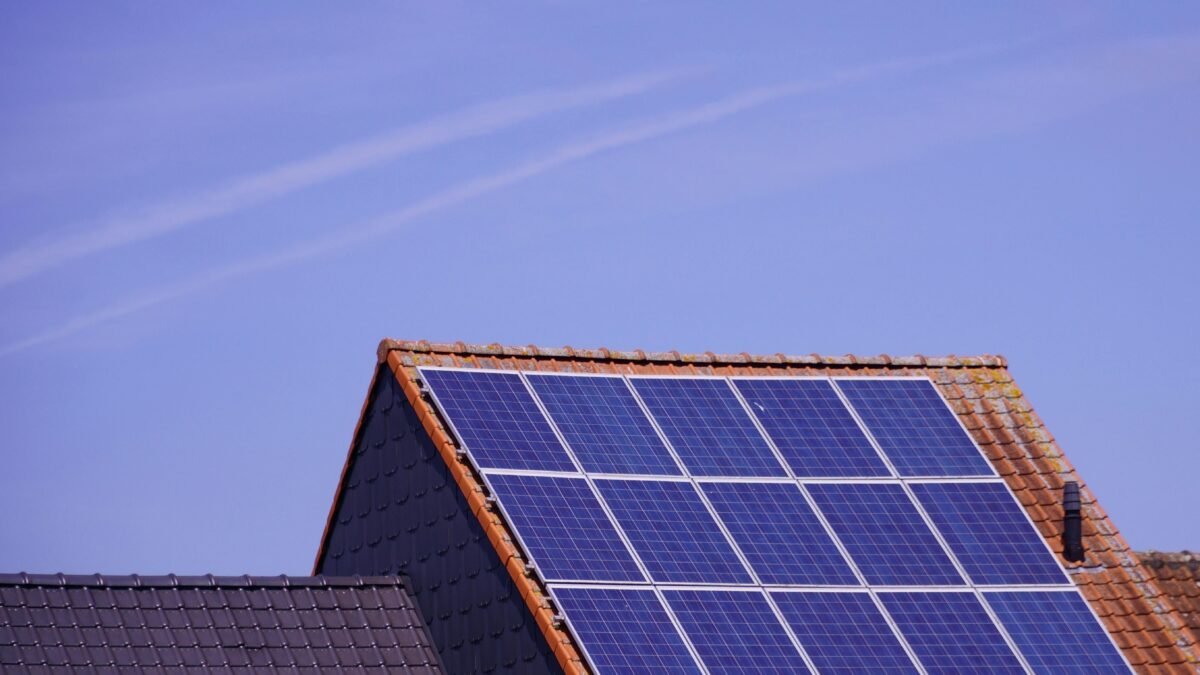The global shift toward clean energy has accelerated dramatically over the past decade, and at the center of this transformation lies photovoltaics—the technology that converts sunlight directly into electricity. As nations race to meet climate targets, industries push for decarbonization, and consumers demand greener solutions, photovoltaics has emerged as one of the fastest-growing and most impactful renewable energy technologies. The year 2025 is particularly significant, marking a new era of innovation, affordability, and large-scale deployment in the solar sector.
In this article, we explore how photovoltaics is evolving in 2025, the cutting-edge technologies driving the industry forward, and the trends reshaping the future of solar power.
1. Photovoltaics Continues Its Rapid Growth Trajectory
The global solar industry has seen exponential expansion, with photovoltaics leading renewable energy installations worldwide. By 2025, the cumulative installed solar capacity is projected to surpass previous records, driven by falling costs, supportive government policies, and rising investor confidence.
One of the most significant developments has been the dramatic drop in the levelized cost of electricity (LCOE) for photovoltaics. As manufacturing processes advance and economies of scale increase, solar energy has become cheaper than traditional fossil fuels in most regions. This price competitiveness is pushing countries to accelerate solar deployment across both urban and rural landscapes.
2. Advanced Solar Cell Technologies Are Redefining Efficiency
A major shift in 2025 is the emergence of next-generation photovoltaic cell architectures that far outperform earlier silicon-based cells. The hottest trends include:
● Perovskite Solar Cells
Perovskite technology is revolutionizing photovoltaics with its lightweight structure, flexibility, and high efficiency. In 2025, the industry has finally begun commercial-scale rollout of perovskite panels, overcoming long-standing durability challenges.
● Tandem Solar Cells
Tandem cells, especially perovskite-silicon combinations, are breaking efficiency barriers by capturing a broader spectrum of sunlight. With efficiencies exceeding 30%, these cells are transforming both rooftop and utility-scale solar markets.
● Heterojunction (HJT) Technology
HJT cells blend crystalline silicon wafers with thin-film layers, offering high efficiency and better performance in extreme temperatures. In 2025, these cells are becoming increasingly popular in regions with harsh climates.
These technological innovations collectively push photovoltaics into a new phase of performance reliability and cost viability.
3. Solar Manufacturing Moves Toward Sustainability and Self-Reliance
Another important trend shaping photovoltaics in 2025 is the shift toward localized and sustainable manufacturing. Major solar-producing nations—including India, China, the U.S., and members of the EU—are investing heavily in:
- Domestic production of PV modules and cells
- Recycling facilities for end-of-life solar panels
- Sustainable material alternatives to reduce environmental footprint
This move not only reduces dependency on imports but also strengthens energy security. Recycling innovations allow manufacturers to recover valuable materials such as silver, silicon, and aluminum, making photovoltaics more circular and eco-friendly.
4. High-Efficiency Inverters and Smart Solar Systems Gain Popularity
While solar panels are the main focus, the advancement of power electronics is equally important. In 2025, inverters and monitoring systems are becoming smarter and more efficient.
● AI-powered Monitoring
Artificial intelligence enables real-time performance evaluation, predictive maintenance, and accurate energy forecasting.
● Microinverters and Power Optimizers
These technologies allow panel-level tracking and control, improving system reliability and output, especially in shaded or complex rooftop conditions.
● Hybrid Inverters
With the rising demand for solar-plus-storage systems, hybrid inverters are now the cornerstone of modern photovoltaic installations, enabling seamless integration with batteries.
Smart solar systems are turning photovoltaics into an intelligent, automated energy ecosystem rather than a simple source of power generation.
5. Energy Storage Becomes an Integral Part of Photovoltaic Systems
By 2025, energy storage has shifted from being a premium add-on to an essential component of photovoltaic solutions. With increasing grid instability and rising electricity costs, more households and businesses are adopting solar-plus-battery setups.
Key storage trends include:
- Widespread adoption of lithium-iron-phosphate (LFP) batteries due to their safety and long cycle life
- Growth of grid-scale energy storage projects supporting photovoltaic farms
- Innovations in solid-state batteries for higher energy density
- Expansion of virtual power plants (VPPs) that aggregate distributed solar storage systems
This integration ensures photovoltaics can supply power even during peak demand, nighttime, or outages, significantly enhancing energy resilience.
6. Floating Photovoltaics Gain Global Momentum
One of the most intriguing developments in 2025 is the rise of floating solar, also known as floatovoltaics. These installations, placed over reservoirs, lakes, and other water bodies, are gaining popularity due to land scarcity and their increased efficiency from natural cooling.
Floating photovoltaics offer several benefits:
- Reduced land-use conflicts
- Lower evaporation rates from water bodies
- Higher energy yield due to temperature control
- Compatibility with hydropower plants
Countries like India, China, Indonesia, and Japan are leading this transformation with large-scale floating solar projects.
7. Agrivoltaics Transforms Farmland Into Dual-Use Ecosystems
Agrivoltaics—the combination of agriculture and photovoltaics—is emerging as a win-win solution for food production and renewable energy.
In 2025, farmers worldwide are deploying elevated solar panels that allow crops to grow underneath while generating clean electricity. Benefits include:
- Improved land productivity
- Reduced heat stress on crops
- Additional income streams for farmers
- Enhanced rural electrification
As global demand for sustainable agriculture grows, agrivoltaics is becoming a key pillar of photovoltaic expansion.
8. Government Policies and Incentives Drive Large-Scale Adoption
The progress of photovoltaics in 2025 is supported by strong policy frameworks such as:
- Tax credits and subsidies for residential solar systems
- Net metering and feed-in tariff programs
- Production-linked incentives for PV manufacturing
- Mandatory solar installations in new buildings
- National clean energy capacity targets
Countries are setting aggressive solar goals, and these supportive measures are accelerating widespread adoption across residential, commercial, and industrial sectors.
9. The Future of Photovoltaics: A Pathway to a Carbon-Neutral World
As the world increasingly embraces sustainable practices, photovoltaics stands at the forefront of the global energy transition. Technological breakthroughs, falling costs, and integration with digital and storage solutions are pushing solar energy into an era of mainstream dominance.
By 2030 and beyond, photovoltaics is expected to become the largest single source of electricity globally, redefining how we produce and consume energy.




